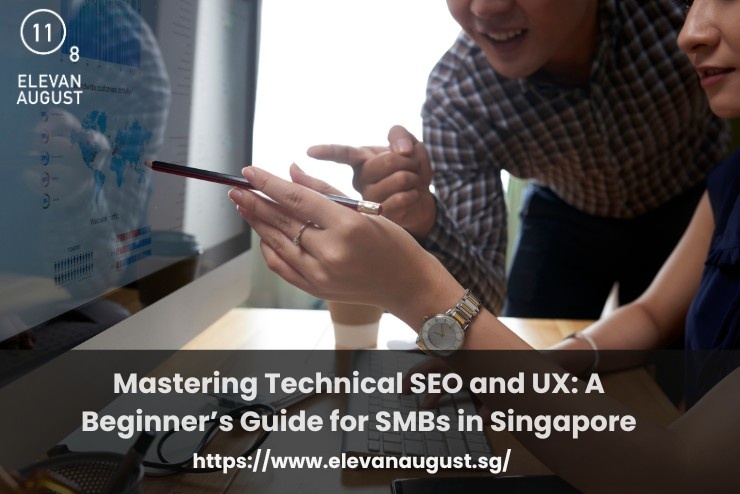People think SEO begins with keywords. For small businesses, it often starts with how usable your site feels. If people can’t move through it easily, search engines notice.
And when visitors leave too fast or can’t find what they came for, rankings suffer.
In Singapore, where mobile-first behavior is the norm, poor navigation or slow loading creates real drop-off. That’s where UX and SEO meet, and where many teams miss the connection.
Fixing that isn’t always about big rebrands.
Often, it’s a series of smaller, practical improvements that change how your site performs.
1. Make Sure Google Can Actually Read Your Site
If your pages aren’t crawled, they won’t rank. That makes crawlability your first checkpoint.
Look at how your URLs are structured. Scan for pages with duplicate tags. Remove clutter from your robots.txt and fix indexing gaps.
Tools like Search Console show where issues start.
A good SEO agency Singapore teams work with often begins right here, ensuring the foundation’s clean before any content work begins.
2. Clean Up What Slows Down Your Site
Slow sites cost you attention. Even a few seconds delay can drop conversions or push users elsewhere.
Shrink heavy media files. Cut unnecessary scripts. Streamline fonts and layouts for mobile.
This isn’t just technical; it affects the overall SEO user experience. Google cares about page speed, but so do your customers. Especially if they’re browsing on mobile, which most Singapore users are.
3. Build a Navigation That Helps Users Decide Fast
When someone lands on your site, every click should feel intuitive. That’s what strong UX does—it guides, not overwhelms.
Keep your menu simple. Let users see where they are and where they can go next. Avoid hiding important content behind vague tabs.
A solid navigation plan also helps search engines map your content faster. That improves your internal linking and helps distribute authority across pages.
4. Optimise for the Small Screen First
Mobile-first indexing means Google looks at your mobile site first. So the way it performs on a phone matters more than ever.
Check for overlapping elements or buttons that are hard to tap. Make sure fonts adjust properly and images scale cleanly.
Good UX doesn’t need fancy features. It needs clarity and flow. That’s often what separates top results from the ones buried a few pages deep.
5. Structure Content for Skimming, Not Just Reading
Not everyone reads everything. But many scan to decide if they should keep going.
That means your headers, spacing, and layout matter just as much as your copy. Use H1s, H2s, and bullets wisely. Avoid large, unbroken blocks of text.
This structure helps humans first, but it also helps Google understand your content faster. That’s one place UX and SEO naturally align.
6. Measure User Behavior Instead of Guessing
Your analytics tell you more than traffic numbers. They show how people actually use your site.
Track time spent on key pages. Watch drop-offs in your funnel. Look at how far people scroll and where they click next.
UX and SEO both benefit when you follow these signals. They’ll point out what’s working and what’s blocking progress.
7. Stay Curious, Not Just Compliant
There’s no finish line in SEO. Your plugins, tools, and devices evolve. So must your approach.
Set time aside to test forms, check broken links, or recheck load times. Even five minutes a week helps.
You don’t need a team of engineers. You just need habits that keep your site useful. That consistency adds up over time and earns trust with both users and search engines.
Final Thoughts
SEO works better when it’s not isolated from the rest of your site decisions. UX and SEO share the same goal: helping people get what they came for—faster, smoother, and with less friction.
That’s what we focus on with clients. We don’t just improve rankings. We help teams find the real reasons traffic drops, users leave, or results stall.
If your content sounds clear but still hides in search results, you might be missing the structural piece. Our team helps close that gap with small, intentional changes that make your content easier to find and easier to act on.






